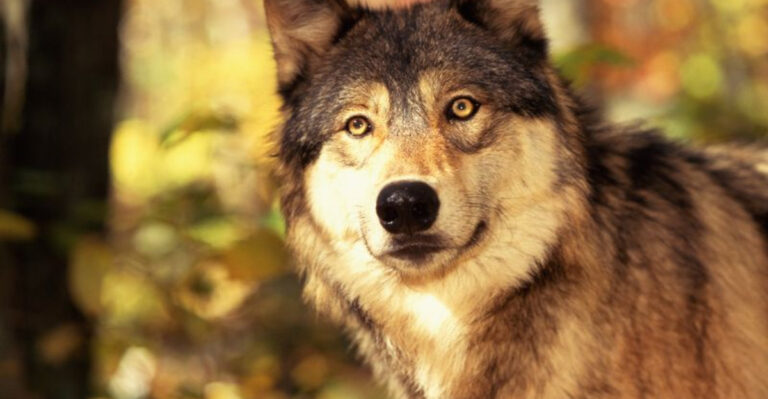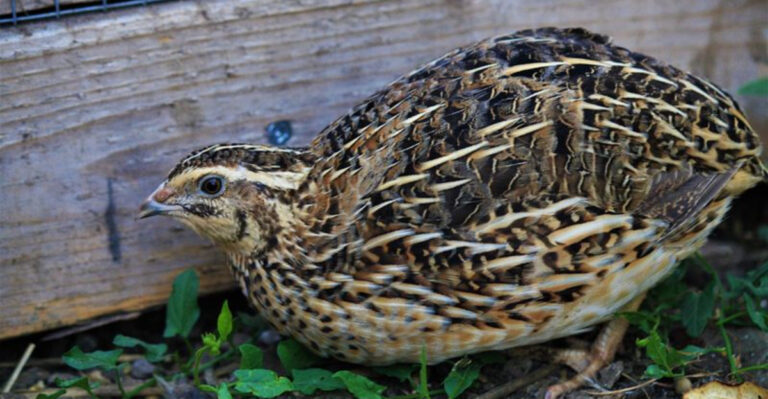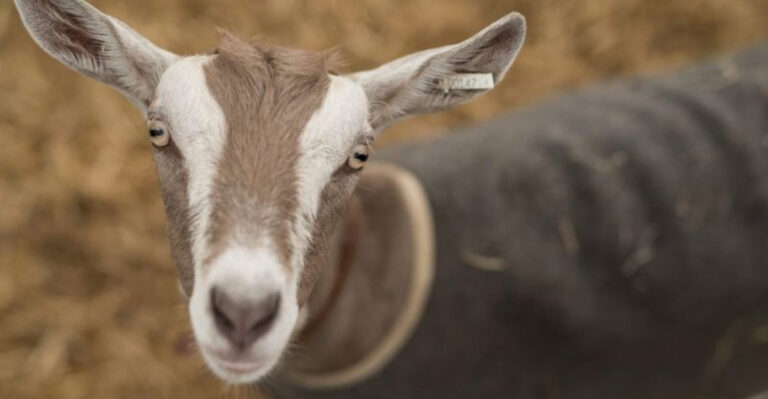9 Amazing Facts About The Ethiopian Wolf
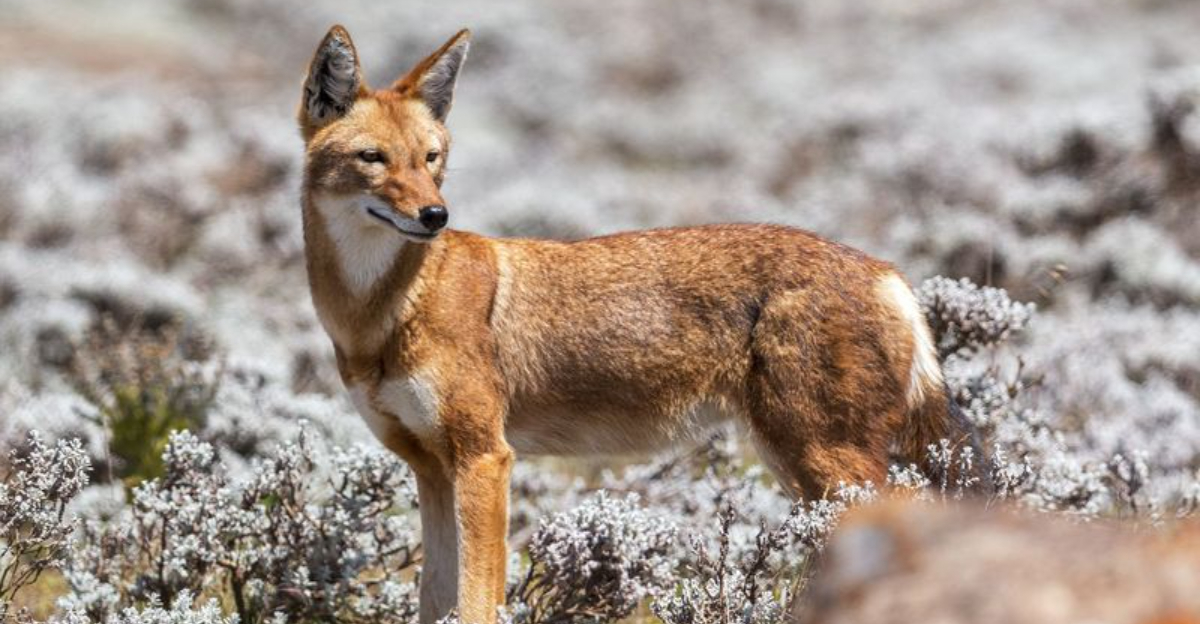
The Ethiopian wolf, scientifically known as Canis simensis, is a captivating and rare species found exclusively in the highlands of Ethiopia.
Known for its striking appearance and unique behavior, this wolf is one of the most endangered canids in the world.
In this article, we explore nine extraordinary facts about the Ethiopian wolf that will give you a deeper understanding and appreciation of this remarkable animal.
1. The Rarest Canid
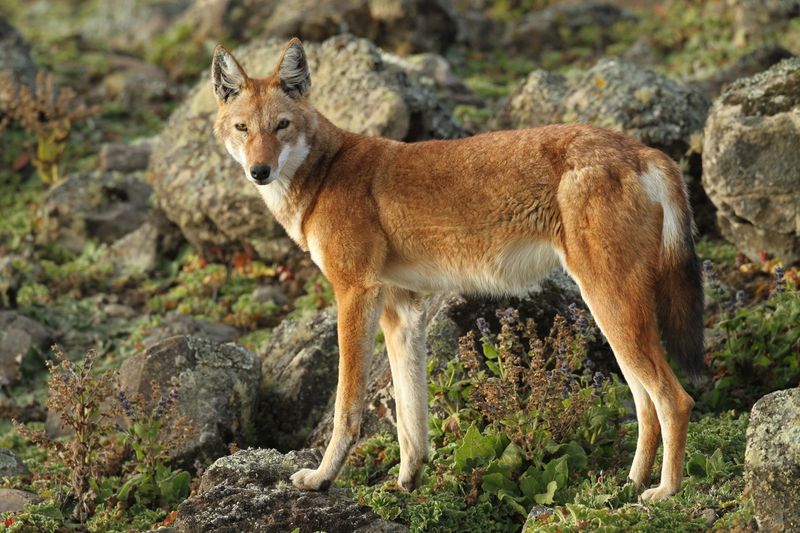
The Ethiopian wolf is the world’s rarest canid, with only about 500 individuals remaining in the wild. This scarcity makes it not only a fascinating subject for wildlife enthusiasts but also a critical focus for conservationists.
It resides exclusively in Ethiopia’s high-altitude grasslands, thriving at elevations between 3,000 and 4,500 meters. These wolves are known for their specialized adaptation to this unique habitat, which is characterized by afro-alpine vegetation.
The terrain provides not only a home but also a rich diet of rodents. The Ethiopian wolf’s social structure is quite complex, living in packs that can range from 3 to 13 members. However, unlike other wolves, they hunt alone, primarily during the day.
Their distinct reddish coat not only aids in camouflage against the rocky landscape but is also a beautiful signature of the species.
Conservation efforts are crucial to their survival, with organizations working to protect their habitat and address threats like rabies and habitat loss. Understanding the Ethiopian wolf’s plight is vital to ensuring its continued existence.
2. Unique Diet
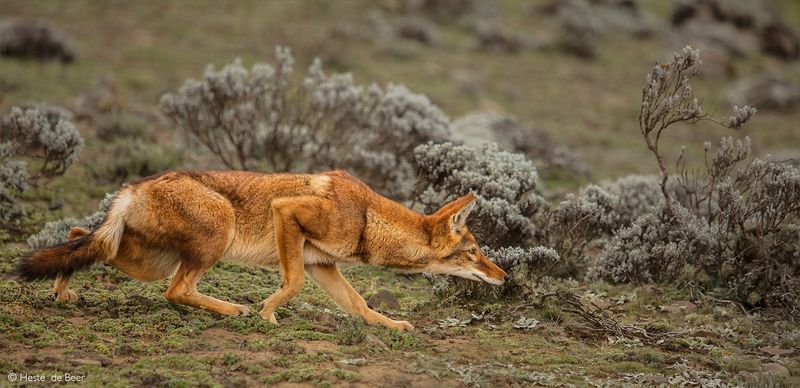
Unlike many of its relatives, the Ethiopian wolf has a highly specialized diet, primarily consisting of rodents. This specialization is due to the abundance of rodent species in its afro-alpine habitat. The wolf’s hunting techniques have adapted accordingly, allowing it to excel in capturing these small creatures.
This diet is not only a testament to the wolf’s adaptability but also highlights the delicate balance of its ecosystem. Rodents make up over 90% of its food intake, with the giant mole-rat being a particular favorite.
This prey is crucial for the wolf’s survival, providing necessary nutrients and energy. Interestingly, the Ethiopian wolf’s solitary hunting style contrasts with its social living arrangements. While it lives in packs, hunting is a solitary affair, showcasing an intriguing aspect of its behavior.
This unique dietary habit plays a significant role in shaping the wolf’s lifestyle and social structure, making the Ethiopian wolf a fascinating subject of study for scientists and wildlife enthusiasts alike.
3. Distinctive Appearance
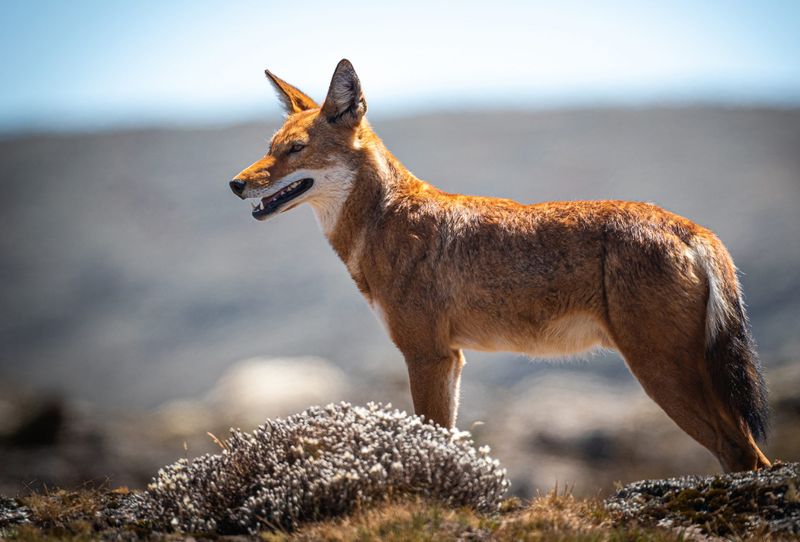
The Ethiopian wolf is easily recognizable by its striking appearance, which sets it apart from other canid species. Its most notable feature is its reddish coat, which provides excellent camouflage against the reddish-brown hues of the Ethiopian highlands.
The fur is complemented by white markings on its throat and belly, adding to its distinctive look. This coloration is not just for show; it serves a practical purpose in its natural habitat.
The wolf’s pointed ears and sharp facial features give it an alert and intelligent expression, crucial for spotting prey and communicating with pack members. The Ethiopian wolf is often mistaken for a fox due to these features, but its size and build are more akin to a coyote.
In the wild, its appearance is not just about aesthetics but survival. The unique combination of its fur color and physical features helps it blend into the hillside environments, aiding in both hunting and evading potential threats.
4. Complex Social Structure
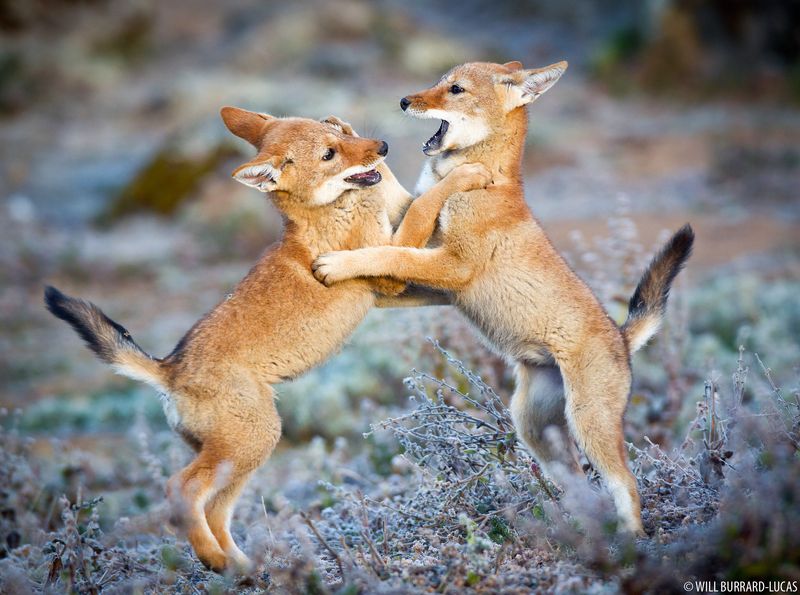
The social structure of the Ethiopian wolf is both complex and fascinating, setting it apart from other canid species. Unlike many other wolves, Ethiopian wolves live in small, tightly-knit packs that are often family-based.
These packs, usually consisting of 3 to 13 individuals, work together to defend their territory but hunt individually. This unique social arrangement allows for efficient use of the available resources. While hunting is a solitary activity, the pack dynamics play a crucial role in their survival.
Pack members engage in cooperative behaviors such as grooming, playing, and vocal communications, which strengthen their bonds and help maintain social harmony. Interestingly, the Ethiopian wolf’s social structure is a reflection of its environment.
The scarcity of large prey necessitates a solitary hunting strategy, while the pack’s territorial behavior ensures access to the best hunting grounds. This balance of cooperation and independence is a hallmark of their adaptability, making them a captivating subject for scientific study.
5. Endangered Status
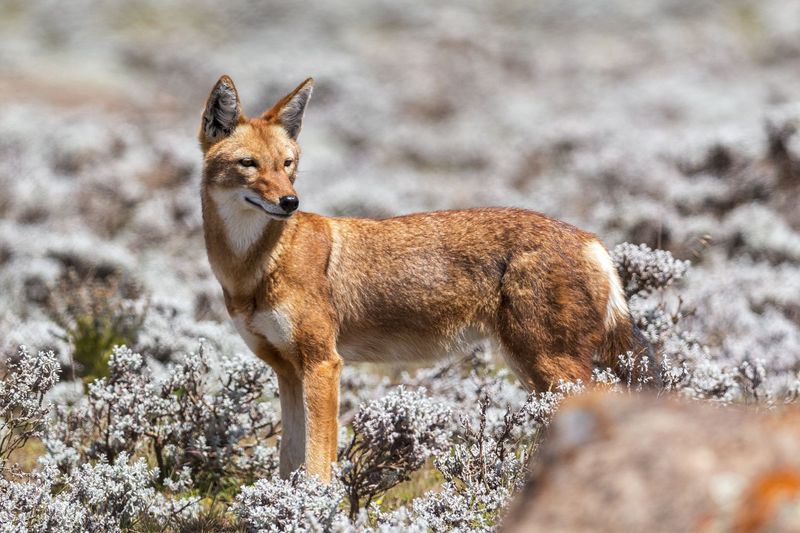
The Ethiopian wolf is one of the most endangered canids in the world, with its population dwindling due to various threats. Habitat loss, disease, and human encroachment pose significant challenges to its survival.
Rabies, transmitted by domestic dogs, has been particularly devastating, causing rapid declines in certain populations. Conservation efforts are underway to protect this unique species. Organizations are working tirelessly to vaccinate wolves against rabies and secure their habitat from further degradation.
These efforts are crucial as the Ethiopian wolf’s survival hinges on maintaining its delicate ecosystem in the highlands. Public awareness and local engagement are also part of the conservation strategy.
By involving local communities in conservation activities, there is hope for a sustainable coexistence between humans and wolves.
The Ethiopian wolf’s endangered status is a stark reminder of the fragility of highland ecosystems and the urgent need for conservation action. This ongoing battle for survival makes the Ethiopian wolf a symbol of the broader struggle to protect biodiversity.
6. Habitat And Range
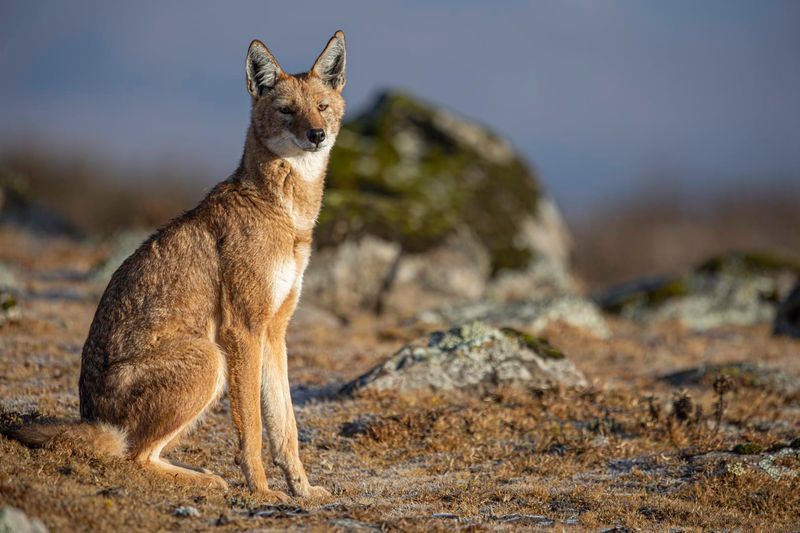
The Ethiopian wolf is found exclusively in the high-altitude regions of Ethiopia, with its range limited to just a few isolated pockets in the Ethiopian highlands. These areas are characterized by afro-alpine vegetation, which is essential to the wolf’s survival.
Living at elevations of 3,000 to 4,500 meters, the Ethiopian wolf has adapted to the challenging conditions of its mountainous habitat. This specialized habitat is not only home to the wolves but also to a unique array of flora and fauna.
The highlands provide a rich hunting ground for the Ethiopian wolf, with an abundance of rodents that form the bulk of its diet. However, this habitat is under threat from agricultural expansion and human settlement, which encroach on the wolves’ territory.
The conservation of this unique habitat is critical to the survival of the Ethiopian wolf. Protecting the highlands ensures the preservation of its biodiversity, which is vital not only for the wolf but also for the ecological balance of the region.
7. Behavioral Adaptations
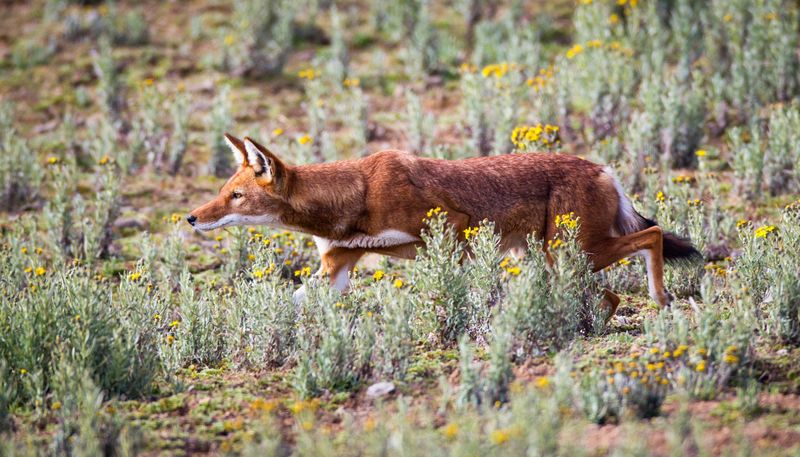
The Ethiopian wolf exhibits a range of fascinating behavioral adaptations that have evolved to help it survive in the high-altitude environments of the Ethiopian highlands. One of its most notable behaviors is its unique hunting style.
Unlike other canid species that hunt in packs, the Ethiopian wolf hunts alone, relying on its acute senses and agility to capture rodents. This solitary hunting strategy is adapted to the highland terrain, where prey is often scarce and scattered.
It allows the wolf to maximize its chances of success by focusing solely on the hunt without the competition or noise created by a group. Additionally, its keen sense of hearing and sight are invaluable tools for detecting and stalking prey in the open landscape.
The Ethiopian wolf’s behavior also includes intricate social interactions within its pack. While they hunt alone, they return to the pack to socialize, mate, and raise offspring. These dual aspects of independence and community highlight the Ethiopian wolf’s adaptability and the complex nature of its survival strategies in the wild.
8. Conservation Challenges
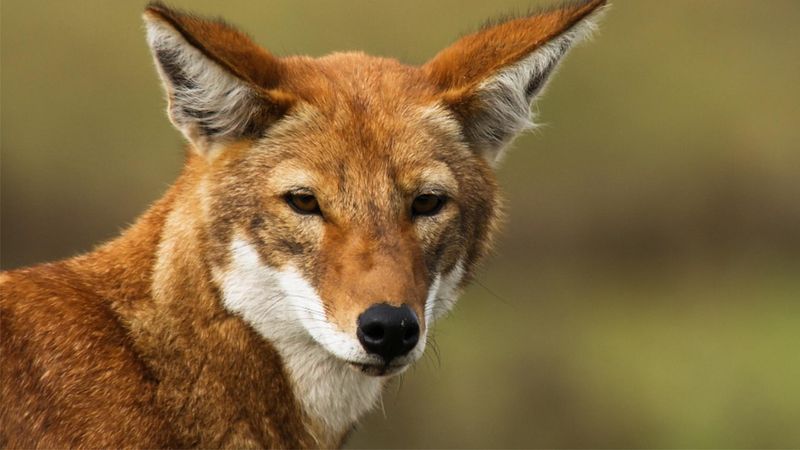
The conservation of the Ethiopian wolf faces numerous challenges, many of which are complex and multifaceted. Habitat loss is a significant concern, as agricultural expansion and human settlement increasingly encroach on the wolf’s natural range.
This not only reduces available habitat but also increases the risk of human-wolf conflicts. Disease poses another major threat, particularly rabies, which can decimate populations quickly. Efforts to vaccinate wolves and domestic dogs in surrounding areas are critical to controlling outbreaks.
Additionally, the genetic diversity of the Ethiopian wolf is limited due to its small population size, making it vulnerable to disease and environmental changes. Community involvement is essential in overcoming these challenges.
By engaging local populations in conservation efforts, there is hope for sustainable solutions that benefit both the wolves and the people living near them.
Educational programs and initiatives that promote coexistence are vital. The hurdles faced in Ethiopian wolf conservation are emblematic of broader environmental issues, highlighting the need for comprehensive strategies to preserve endangered species globally.
9. Scientific Significance
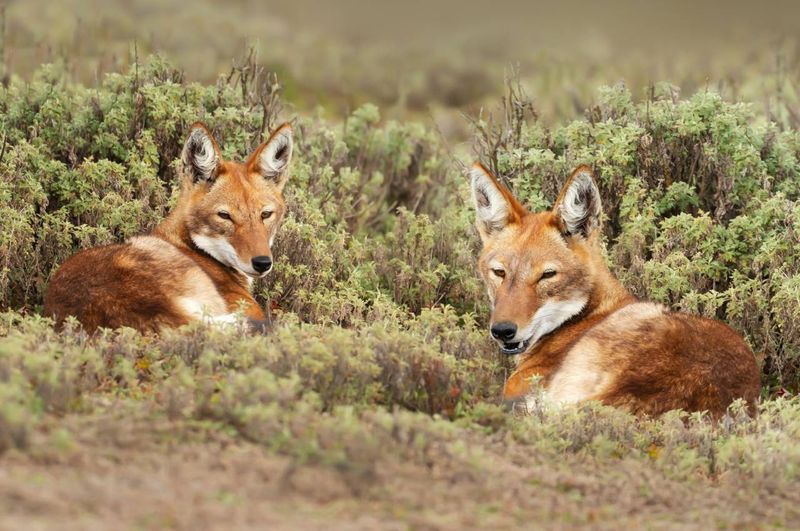
The Ethiopian wolf holds significant scientific interest due to its unique characteristics and adaptations. As the only wolf species found in Africa, it offers a unique perspective on canid evolution and ecology.
Its isolated existence in the Ethiopian highlands provides a natural laboratory for studying species adaptation to specific environments. Researchers are particularly interested in the Ethiopian wolf’s genetics, behavior, and social structure.
Studying these aspects can provide insights into the evolutionary processes that have shaped the species over time. The wolf’s genetic makeup is of special interest, as it may hold clues to its resilience against diseases and environmental changes.
The Ethiopian wolf’s role in its ecosystem also offers valuable information on the ecological balance within high-altitude environments. Its interactions with other species, including prey and predators, contribute to the understanding of biodiversity and ecosystem dynamics.
The scientific exploration of the Ethiopian wolf is not just about the species itself but also about the broader implications for conservation biology and understanding natural world complexities.



